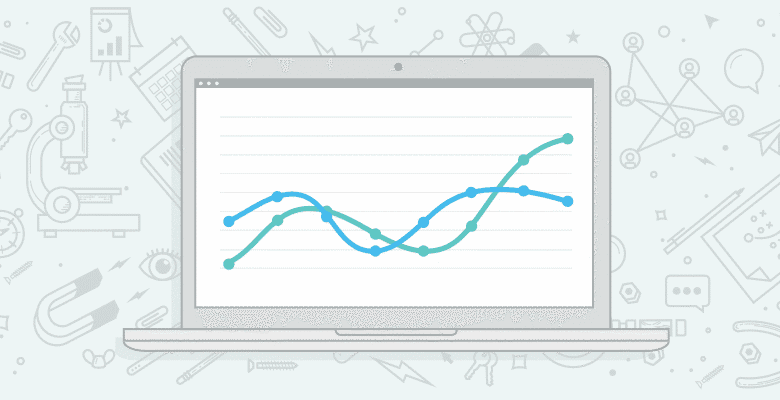
One often-ignored part of SEO is making invisible pages visible. When I say ‘invisible’, I mean pages that have received zero clicks from organic search results.
If you can find those pages, you can decide:
- To keep them, but work to raise their organic search profile;
- To keep them, but use more of their link juice to help other, higher-profile pages on your site;
- Get rid of them, and 301 redirect them to higher-profile, higher-value pages on your site.
Soooooo, how do you find ’em?
Turns out, a new Google Analytics feature can make it happen: Pivot table reports
Here’s how you do it:
- In Google Analytics, click ‘Content’.
- Click the ‘Top Content’ report:
 You’ll see a list of the most-viewed pages on your site. Not much help just yet.
You’ll see a list of the most-viewed pages on your site. Not much help just yet. - Now for the good stuff. At the top-right corner of the ‘Content Performance’ tab, click the ‘Pivot’ button:

- Change ‘Pivot by’ to medium. Leave ‘Showing’ set as ‘Pageviews’. You’ll get a new table showing pages as the rows, and the mediums (media? mediumses?) as the columns, like this:

- Now, sort the ‘organic’ column ascending (lowest values first). You’ll see a nice, clear list of pages that haven’t received any clicks from organic search:

That’s it! You can take a look and find the pages getting zero organic clicks.
A few cautions:
- This report will not show pages with zero pageviews overall. If a page never received any pageviews, then the Google Analytics tracking bug never fired, and the page isn’t in Google’s reports.
- This data is a lot more helpful for pages that otherwise get lots of traffic. If a page gets 1 view overall and zero organic views, that may mean it’s got SEO issues. Or, it may mean that the page just sucks overall. Use your judgment.
- This is only 1/2 the battle. Don’t assume the invisible pages need optimization, and that all will be well. It’s possible that these pages simply shouldn’t be there, or that there’s a problem with how you’re linking to them, or something else. Use this report as a starting point. Not an end point.
Happy Analyzing!






